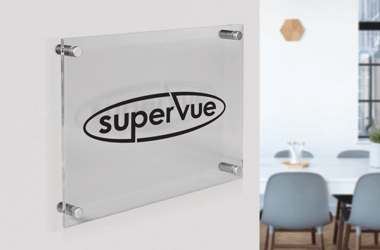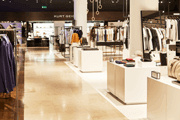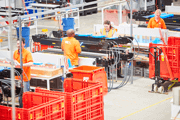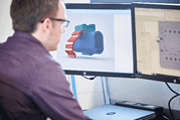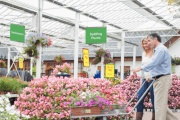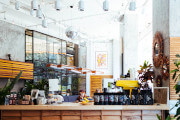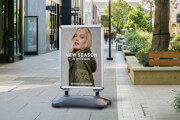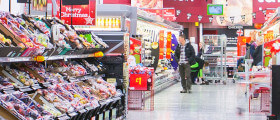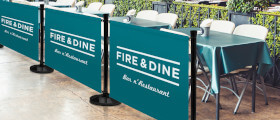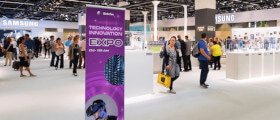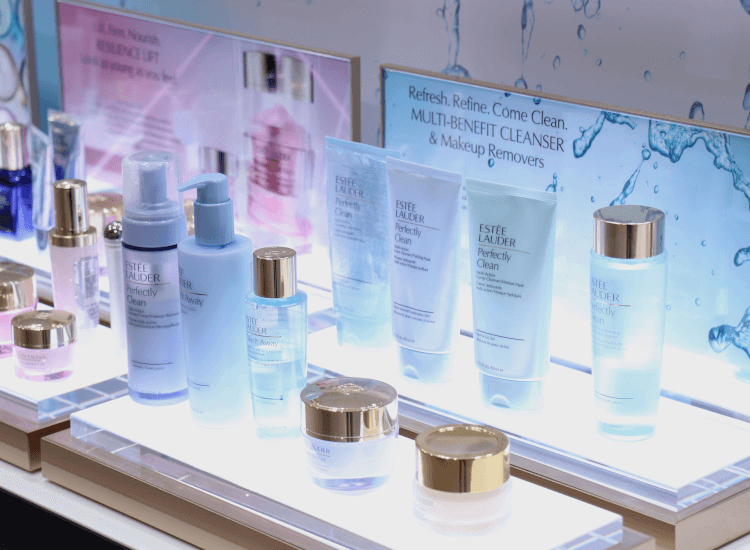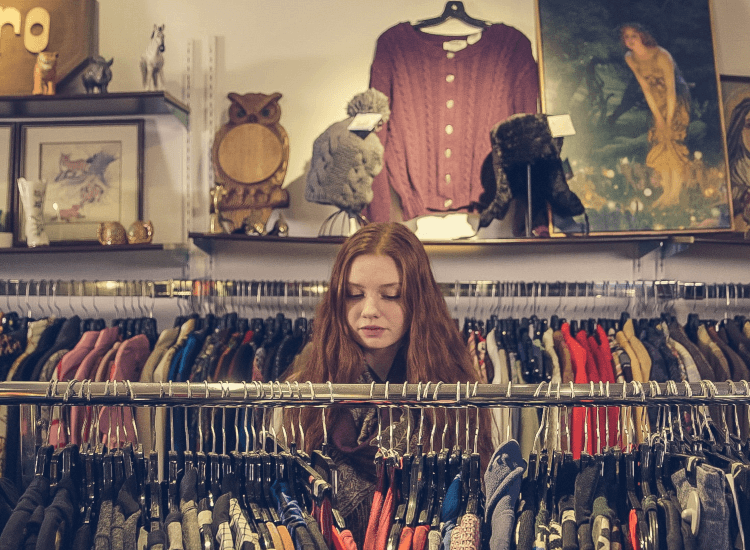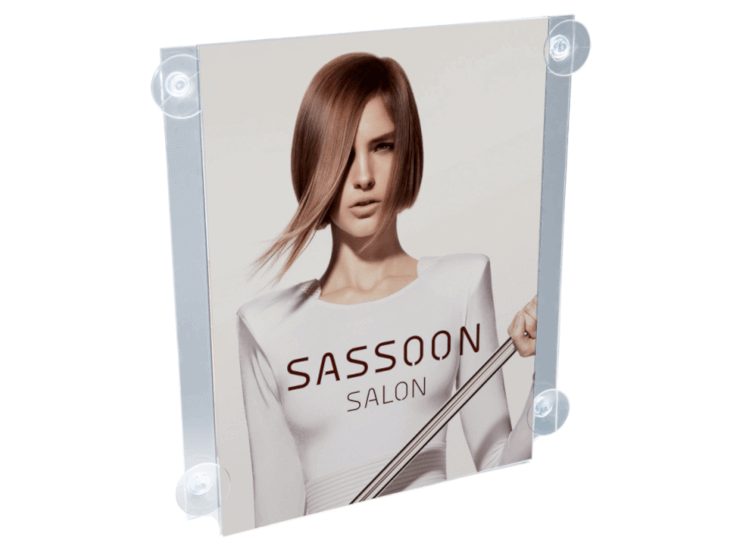How To Improve Customer Experience With Retail Store Atmosphere
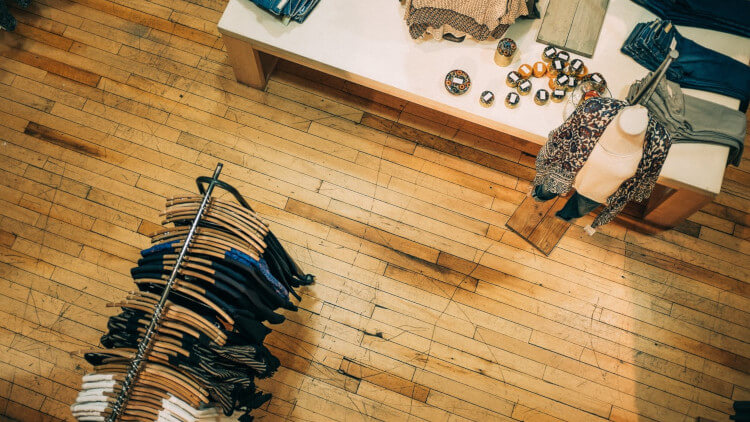
How retail atmospherics affect the customer experience
Improving customer experience is essential for companies to increase their income and improve their brand reputation. Modern businesses must use all of their resources to compete with online companies.

In-store retail does have some advantages, with the ability to manipulate the physical environment that customers experience.
Academic research confirms that these experiences of in-store environment can have a huge impact on customer satisfaction. The bottom line, of course, is always profit and growth, and enhancing the customer experience fundamentally increases sales.
Knowing how to improve customer experience in retail stores can significantly increase your sales figures, particularly during peak seasons.
This article answers the following questions:
- What are store atmospherics?
- How can your retail atmosphere affect the customer experience?
- How does the in-store experience impact on sales?
Part two will give specific examples of what you can do to improve these factors.
What are retail atmospherics?
Retail store atmospherics refer to the controllable characteristics of a retail space, which influence customers' opinions about a business or brand.
In a bricks and mortar business, customers primarily form these impressions based on the environment around them.
Retail environments are a ‘group of cues, messages and suggestions that communicate to buyers’ and the retail atmosphere affects how customers perceive the space [1].
Kotler coined the term atmospherics in 1973. It refers to store design, including the layout and general ambience. Kotler explained that, when customers buy a product, they're buying into the retail experience as a whole [2].
How can store atmospherics affect shopper purchases?
Improving retail atmosphere increases the approach behaviour of customers and decreases their avoidance behaviour, ultimately boosting your sales.

Approach behaviour
If a customer has a positive experience of the retail environment, they're more likely to demonstrate 'approach behaviour'. This can include entering the premises, spending more time there, approaching displays, picking up products, and making a purchase.

Avoidance behaviour
On the other hand, if a customer has a negative experience of a store, they're more likely to demonstrate 'avoidance behaviour'. This can include avoiding entering a store or looking at a particular display. It could even mean leaving and potentially not returning.
Retail atmospherics: atmospheric variables
Researchers often mention "sensory retailing" in relation to customer satisfaction and store atmosphere. This refers to how customers respond to various sensory stimuli in the store atmosphere, aka atmospheric variables.
Our mind map below (inspired by the work of Turley [3] and Bohl [4]) illustrates the different areas of store atmospherics. These atmospheric variables can all impact on the customer experience:
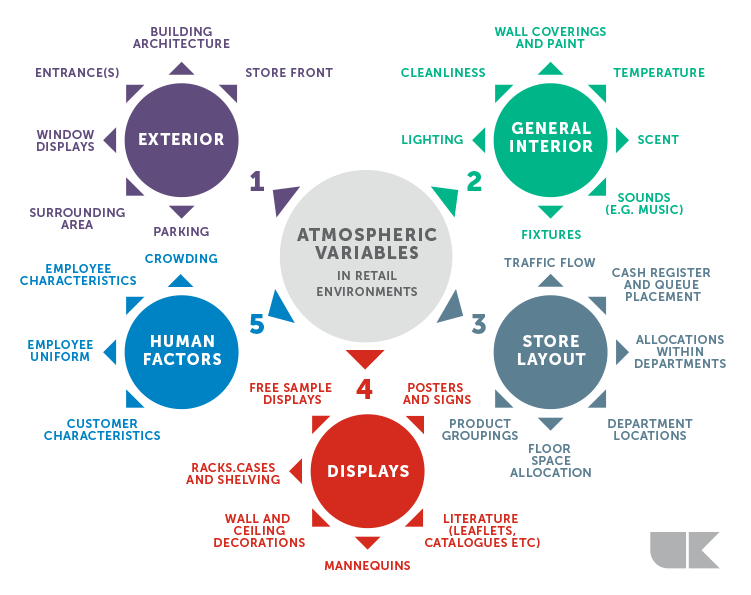
How can retail atmospherics affect the customer experience?
Researchers have identified two connected metrics which affect customer experience in retail: arousal and pleasure.
Arousal is a physical or psychological state referring to the way the mind and body responds to sensory stimuli.
In an in-store customer experience, this might include lighting, playing music, or the level of signage and distractions. The level of arousal a customer is experiencing affects their pleasure levels.
Researchers found that customers have the highest pleasure response in a medium level of arousal. For example, dim lighting and insufficient signage could be confusing and stressful for the customer. Similarly, bright lights and too much signage are stressful too, and may also lead to avoidance [5].
Avoid retail shopper confusion
Business experts Garaus and Wagner introduced the concept of “retail shopper confusion” (RSC) [6]. They conducted experiments in which they altered atmospheric variables at the point of sale, to induce and measure RSC.
They found that the main causes of retail shopper confusion are complexity and conflict in atmospheric factors in-store. For example, complex signage or incongruent merchandising displays can induce confusion in shoppers.
These findings are significant, as they demonstrate how a confusing shop environment can negatively impact your footfall and revenue
Customers rated the environment as more pleasant and showed more approach behaviour when the atmosphere was not confusing. Therefore, avoiding RSC and making the experience easy and pleasant for the customer is of the utmost importance.
In summary, you must provide a pleasant atmosphere to improve the customer experience in-store. Creating a positive customer experience encourages visitors to engage more, which will increase your revenue.
Companies can record outcomes with technology such as footfall trackers, gathering feedback and monitoring average order value to measure conversion rates. This indicates how successful your store design strategy is.
To help summarise the most crucial findings from our research, we have developed the flow chart below. This illustrates how businesses can reduce negative experiences, increase positive ones, and, essentially, create repeat customers and increase ROI.
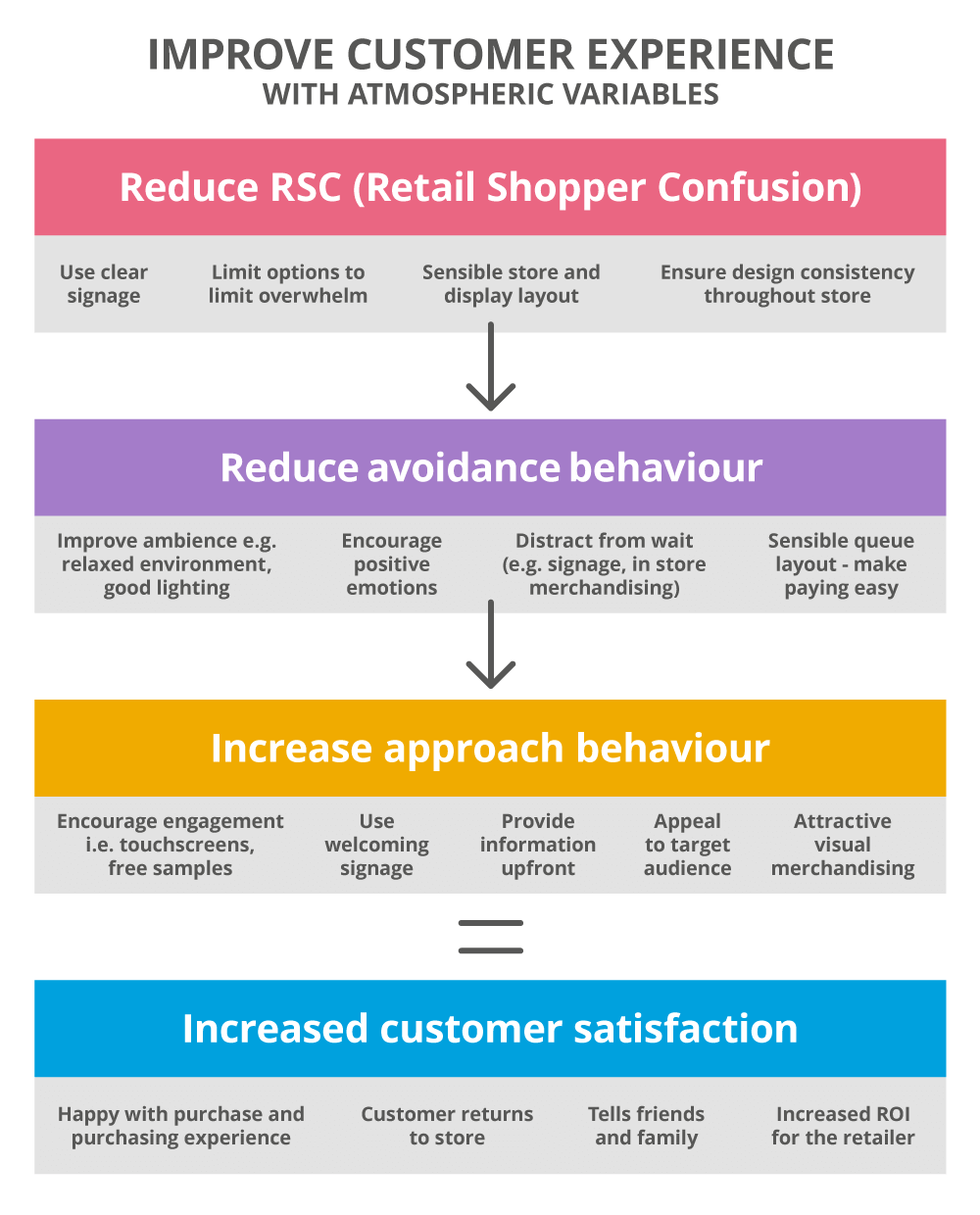
Learn more about what your customers really want in Part 2 and reveal specific ways to increase footfall and sales by updating your retail store atmosphere.
References
1. Farias et al., ‘Store Atmospherics and Experiential Marketing: A Conceptual Framework and Research Propositions for An Extraordinary Customer Experience’, International Business Research, Vol 7 (2014), pp. 87-99.
2. Kotler, ‘Atmospherics as a marketing tool’, Journal of Retailing, Vol 49 (4) (1973), pp. 48–64.
3. Turley and Milliman, ‘Atmospheric Effects on Shopping Behavior: A Review of the Experimental Evidence’, The Journal of Business Research, Vol. 49, Issue 2 (2000), pp. 193-211.
4. Bohl, Patrick, ‘The effects of store atmosphere on shopping behaviour-A literature review’, Corvinus Marketing Tanulmánok, Vol 2. (2012) pp. 1-24.
5. Ebster and Garaus, Store Design and Visual Merchandising: Creating Store Space That Encourages Buying (New York: Business Expert Press, 2015), p.116.
6. Garaus and Wagner, ‘Retail Shopper Confusion: An Explanation of Avoidance Behaviour at the Point-of-Sale’, Advances in Consumer Research, Vol 41 (2013), pp. 407-408.









